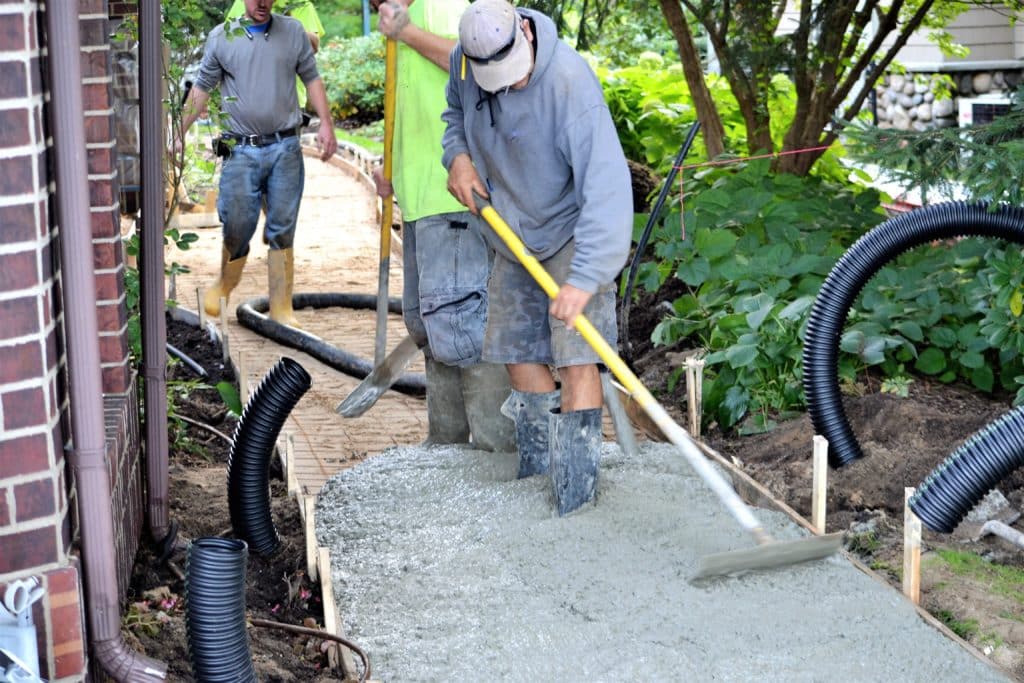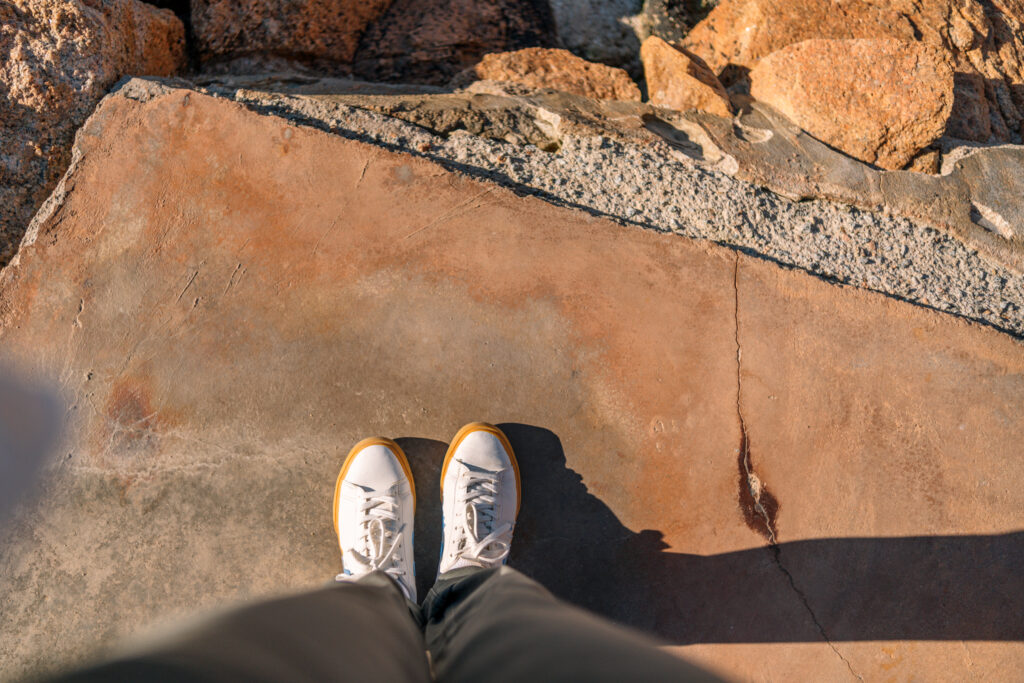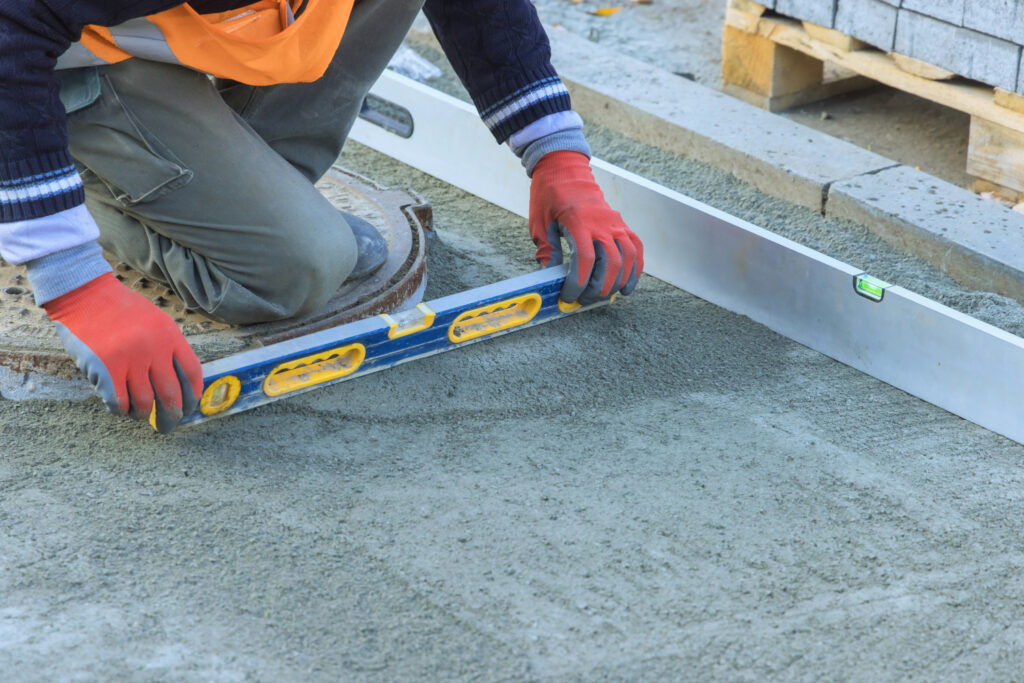Maintaining safe and functional sidewalks is crucial for property owners and municipalities alike. Over time, concrete sidewalks can become uneven, cracked, or chipped due to various factors such as weather, tree roots, and daily wear and tear. Repairing these issues is not only important for aesthetics but also for reducing trip hazards and potential liability. There are several options available for concrete sidewalk repair, ranging from patching minor defects to complete slab replacement for more severe damage.

Choosing the right repair method depends on the extent of the damage and the condition of the concrete. For small cracks and chips, a simple patching compound may suffice to restore the surface. However, when it comes to larger cracks, settled slabs, or pitted areas, it might be necessary to employ more advanced techniques like slab jacking or even replacing entire sections of the sidewalk. Sidewalk leveling and repair services offer a cost-effective and less disruptive alternative to full replacement, providing a solution that not only fixes the issue but also extends the life of the sidewalk.
Understanding the common problems and knowing when to repair or replace can save time and money in the long run. Property owners can learn how to identify the warning signs of sidewalk deterioration and act promptly to address them. By keeping up with repairs, they can ensure that sidewalks remain safe for pedestrians and enhance the overall appearance of their property. For those interested in doing the repairs themselves, there are resources that walk through the easiest method of fixing larger gaps and cracks, but it’s advisable to seek professional assessment for more complex issues.
Understanding Sidewalk Damage

A concrete sidewalk can show various types of deterioration, from simple cosmetic blemishes to serious structural failures. It’s important for property owners to recognize these issues to maintain safety and comply with local regulations.
Identifying Common Sidewalk Defects
Cracks: One of the most common defects in a concrete sidewalk is cracking. These can range from hairline fractures barely noticeable to the eye, to large, wide gaps.
Spalling: This refers to the surface of the concrete becoming flaky or pitted. Spalling often occurs due to a combination of moisture penetration and temperature fluctuations.
Chips: Chips are small pieces that have broken off from the concrete, often found at the edges of the sidewalk. These defections not only compromise the appearance but can also be indicative of underlying issues.
Causes of Concrete Sidewalk Damage
Environmental Stress: Concrete sidewalks often suffer damage due to freeze-thaw cycles, where water penetrates the surface, freezes, expands, and then thaws, leading to cracks and surface degradation.
Poor Installation: Improper mixing, finishing, or curing during the concrete installation process can lead to a weak sidewalk prone to damage.
Tree Roots: The growth of tree roots underneath a sidewalk can push upwards, creating cracks and uneven surfaces.
Heavy Loads: Concrete sidewalks are not designed to bear heavy loads. Frequent overloading can cause cracks, chips, and breakage.
By recognizing the signs of concrete damage and understanding their causes, property owners can take proactive steps to repair their sidewalks and prevent further degradation.
Sidewalk Repair Techniques

Effective sidewalk repair techniques ensure safety and durability while maintaining the aesthetics of the surrounding area. A thorough understanding of the methods available can guide individuals in choosing the appropriate repair strategy.
Concrete Patching
Concrete patching is a straightforward solution for dealing with chipped, pitted, or cracked surfaces. This method involves cleaning the damaged area, removing any loose debris, and then filling the space with a patching material designed for concrete. To ensure a strong bond, the area should be slightly dampened before the patching compound is applied. After placing the compound, it is then smoothed with a trowel to match the surrounding surface.
Resurfacing Sidewalks
When the surface of a concrete sidewalk has numerous imperfections or a worn appearance, resurfacing can restore its look and function. This involves applying a new layer of concrete or a specialized overlay product over the existing sidewalk. The resurfacing mixture should be spread evenly with a trowel and allowed to cure, providing a fresh, smooth finish that adheres to the existing structure.
Mudjacking and Foam Leveling
For uneven sidewalks, mudjacking and foam leveling are viable methods. Mudjacking entails drilling holes into the sunken sections of concrete and pumping a slurry beneath them to raise them to the desired level. The foam leveling technique is similar, but uses an expanding polyurethane foam that hardens quickly, resulting in less downtime for the sidewalk. This process not only levels the sidewalk but also stabilizes the soil underneath to prevent further sinking.
Sidewalk Replacement

Replacing a sidewalk becomes necessary when the extent of damage makes repairs insufficient or uneconomical. This section will offer insights into recognizing when a sidewalk should be replaced and the process involved in sidewalk replacement.
When to Replace a Sidewalk
One must assess the condition of the concrete sidewalk carefully to determine whether it’s time to replace it. Key indicators include:
- Fully-broken slabs: Large cracks or pieces missing, which suggest a compromised structure.
- Extensive damage: Where multiple areas are affected, suggesting systemic issues rather than isolated faults.
- Displacement or heaving: Severe uneven sections can pose trip hazards and might indicate subbase problems.
- Recurring problems: Sidewalks that have been repaired repeatedly but continue to deteriorate.
Information from A-1 Concrete suggests that sidewalk conditions, such as settled slabs that pose hazards or don’t comply with regulations, may also warrant replacement.
Sidewalk Replacement Process
Sidewalk replacement involves several key steps to ensure the new walkway is safe, durable, and aesthetically pleasing. The basic process is as follows:
- Permit acquisition: Often, one must obtain a permit from the local city or municipality before beginning work on a sidewalk.
- Removal of the old sidewalk: This involves breaking up the existing concrete slab and removing the debris, which might include cutting through reinforcement mesh or bars.
- Preparation of the base: A stable and well-compacted subbase is critical, as it supports the new concrete. Any issues with the underlying base must be addressed during this phase.
- Pouring new concrete: Once the area is prepped, new concrete is poured, shaped, and smoothed out. The concrete mix used and the environmental conditions during installation are crucial for the longevity of the sidewalk.
- Curing: The newly laid concrete must be allowed to cure properly, a process which can take several days and may involve keeping the concrete moist to prevent premature drying and cracking.
The Family Handyman discusses concrete’s inherent tendency to crack over time and the importance of professional installation to ensure it lasts as long as possible.
Maintaining Your Sidewalk

Proper sidewalk maintenance is crucial for safety and the preservation of curb appeal. Homeowners can avoid costly repairs by adhering to routine upkeep and implementing preventive measures.
Routine Sidewalk Maintenance
Regular Inspection: Homeowners should periodically inspect their sidewalks for any signs of wear or damage. Look for cracks, uneven sections, or areas where the concrete has begun to deteriorate.
- Cleaning: A clean sidewalk not only enhances curb appeal but also prevents the buildup of materials that can cause damage over time. Remove debris and periodically wash the surface with a pressurized sprayer to clear away dirt and grime.
Sealing: Just as one would seal a wooden deck to protect it from the elements, concrete sidewalks also benefit from a protective sealant. Apply a concrete sealant every few years to reduce water penetration, which can lead to cracking and spalling.
Preventing Future Sidewalk Damage
Choosing the Right Concrete Mix: The longevity of a sidewalk can often be determined from the beginning by choosing the right concrete mix. Opt for a mix suited to the local climate and capable of withstanding the rigors of foot traffic and weather.
- Correct Installation: Ensure that the sidewalk is installed with proper joint spacing and base material to facilitate expansion and contraction, thus reducing the potential for cracking.
Tree Root Management: Be mindful of tree placement near sidewalks. Tree roots can grow to disrupt the concrete, leading to expensive repairs. Work with an arborist to manage tree roots proactively or choose tree species with root systems that are less likely to interfere with paved areas.
Selecting a Concrete Contractor
When it comes to sidewalk repair, choosing the right concrete contractor is crucial to ensure a durable and safe walkway. A competent contractor can address trip hazards and maintain the integrity of your concrete sidewalk effectively.
Experience and Expertise
Look for contractors with a solid track record of repairing sidewalks. They should have the appropriate expertise to handle the specific challenges that come with concrete work, such as weather-related damage and root interference.
Licensing and Insurance
Verify that the contractor is licensed and insured. This protects you legally and financially should accidents or damages occur on-site.
Past Work and References
Request photos of previous work and ask for references. Checking past projects helps gauge the quality of the contractor’s work.
Written Estimates
Get detailed written estimates. These should include the scope of repair, materials to be used, and a breakdown of costs. Compare estimates from trusted local pros to ensure fair pricing.
Timeline and Accessibility
A professional contractor should be able to provide a clear timeline for project completion. They should also communicate effectively and be easily accessible throughout the project.
By carefully considering these factors, one can select a concrete contractor who will deliver high-quality sidewalk repair work, meeting both safety standards and aesthetic appeal.

 CALL US NOW
CALL US NOW



